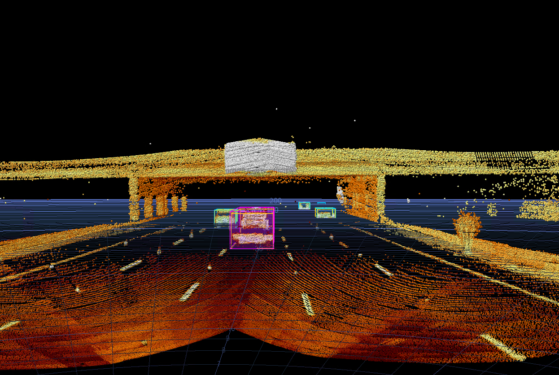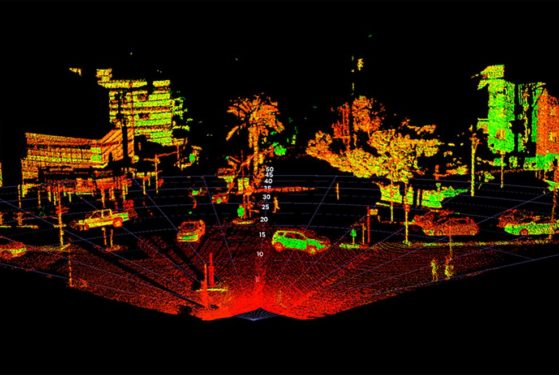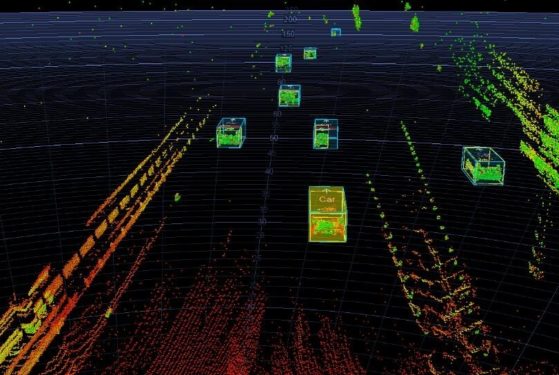While long-range detection is clearly crucial, what is more often overlooked is the importance of short-range detection and measurement. Between points A and B, a vehicle can and will encounter several obstacles, elements, and environmental factors along the way, some more unexpected than others. While some obstacles and elements will be stationary, such as street signs, waiting pedestrians, and other vehicles, others will not. Short-range detection allows LiDAR sensors to detect, measure, and quickly react to the unexpected with short notice.
Examples of this include other vehicles pulling out of a parallel parking spot, the sudden stop of a vehicle ahead, or a child running into the street to catch a runaway ball. Skilled drivers know that anticipating things far away while staying aware of their immediate surroundings is all part of being a responsible driver. Advancements in LiDAR sensor range, both near and far, is allowing automated and autonomous vehicles to do the same.



